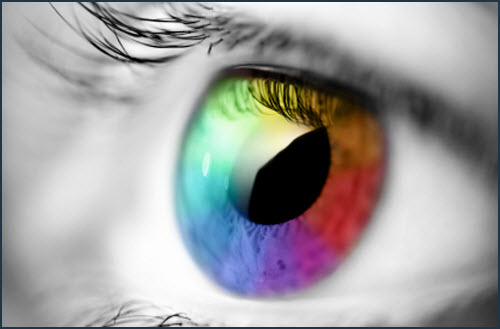‘It is one of the central contributions of photojournalism that it goes beyond the limits of imagination. It makes the unbelievable believable” ~Harold.Evans.
Photographic tampering and ethical violations have been around almost as long as the camera itself. The history of photojournalism includes many examples of ethical breaches.
Photojournalism is a type of journalism that relies on images to narrate a story. It is not classical photography as the pictures taken are entirely related to a news story. They are not usually for entertainment but more for conveyance of a news event.
According to the National Press Photographers Association (NPPA) Code of Ethics, the basic premises of the NPPA's nine standards are but I will mention only 5,
1. Accurately represent subjects
2. Do not be manipulated by staged photos
3. Avoid bias and stereotyping in work; provide complete information and context
4. Show consideration for subjects
5. Editing should not give the wrong impression of the subjects in the photograph
Why is it important? Technology has almost changed the face of photojournalism. News can travel the entire globe in just a few minutes nowadays. With the advent of smartphones, videophones, internet and terrific printing technology, photojournalism has become exceedingly famous. This is the reason that photojournalists have the responsibility of bringing in photographs that are objective but not subjective. Because of the technological advancement, now people can manipulate images. That is the reason ethics plays an important role here. Codes of ethics have been set up for addressing such issues.
On August 8th, Time magazine ran a controversial cover photo of a disfigured Afghan woman accompanied by the headline ”What Happens If We Leave Afghanistan.”
(Cover and abridged article can be found here.) 

The editor of Time, Stengel, explains 'the image, headline and story are intended to lend emotional truth and insight into the lives of women in Afghanistan. He further claims 'the piece is a neutral attempt to further the debate and is not intended to express a position on the US involvement in Afghanistan. For the critical reader interested in furthering the rights of women, these portrayals are misleading and need to be questioned'
Reference:
Zelizer, B. (2005). Journalism through the camera’s eyes. In Allan, S. (ed.),Journalism: Critical issues (pp. 167-‐176).Berkshire: Open University Press
http://EzineArticles.com/1662083
http://www.nppa.org/professional_development/business_practices/ethics.html
http://sparksf.wordpress.com/2010/08/19/photojournalism-or-war-porn/
















